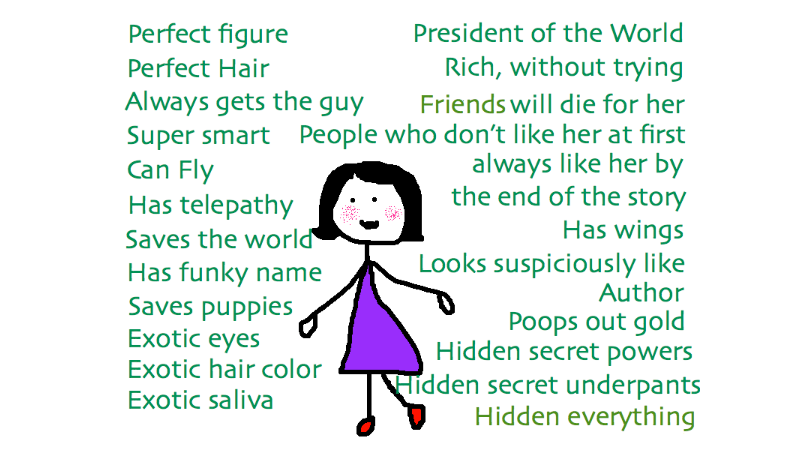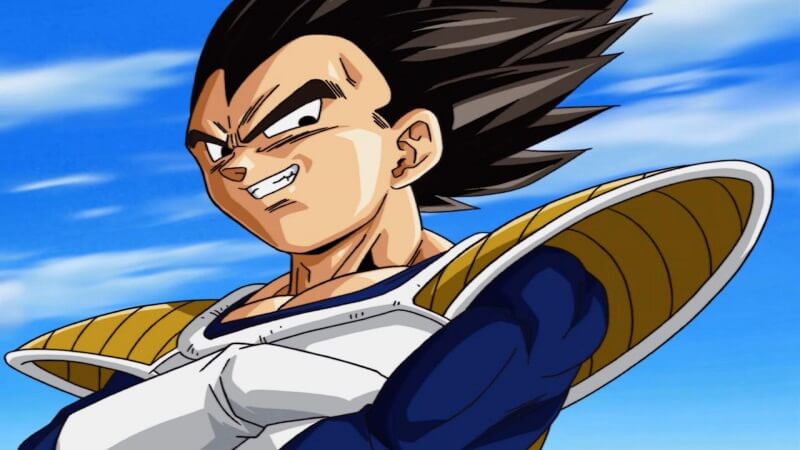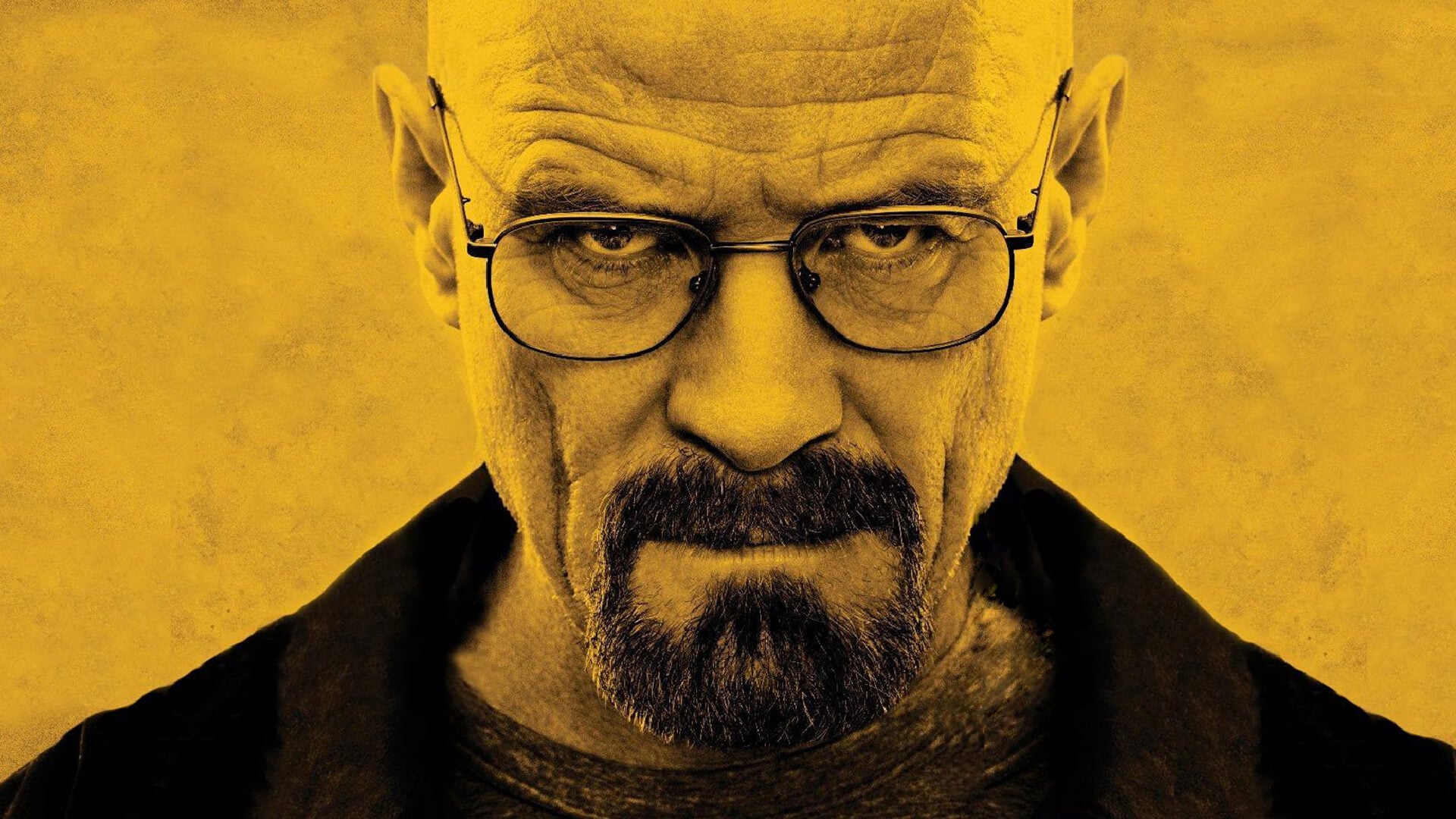As our society grows, so do our views on once taboo subjects. Films and television shows containing obscenities, violence or sex were unheard of not too long ago, as wholesome family friendly shows like Leave it to Beaver and The Andy Griffith Show encompassed family values, rarely straying from those morals and values.
Nowadays it’s near impossible to make entertainment that doesn’t lean on one of the three former taboos heavily, as they have been so integrated into our culture that they don’t’ carry the weight they once did. While some may rely far too heavily on them for an easy reaction or for shock value. But the most important thing the integration of obscenities, violence, and sex do for products in the entertainment industry allows them to show more depth.
There is a trope – a theme that has been used so much it’s become a cliche – regarding boring and bland characters called Mary Sue. A Mary Sue is an idealized and seemingly perfect fictional character, with no flaws whatsoever. These types of characters dominated the entertainment industry to start because they prompted viewers to see themselves as the character and imagine themselves as perfect.

But eventually, those characters tend to get boring from a lack of personality, and from a lack of depth. Modern television and film still indulge in the crazy fiction that is likely to never be experienced by humans – like gaining super powers – but the characters that make up those stories are where they find that depth and relatability. Nobody is perfect – not even superman – and thus we have seen the rise of morally flawed characters, not black and white good and evil like God and the Devil, but morally gray characters.
The best recent example of this is on display in The Last Jedi trailer. While Star Wars has generally been about good (Jedi) vs evil (Sith) – except Anakin Skywalker/Vader – the trailer has sparked the theory that in order to bring balance to the force, both Jedi and Sith must be destroyed, not just sith. The theory reinforces why the new trilogy feels so similar to the first – aside from possible lazy directing – because history is repeating itself, as the Jedi can’t exist without the Sith and vise versa. Thus the consensus is that the film will give rise to the previous prophecy but also ending the Jedi – like luke states in the trailer – creating what many are calling gray Jedi or even gray Sith.
Take a look at the recent change in superhero films and shows. Even though Marvel, for the most part, has taken a family approach to everything in their movies and tv shows, they are starting to get grittier. Team Cap and Team Iron Man being pitted against each other because of their views, war machine getting crippled and the violence that’s occurred in the Netflix originals is certainly different from their original mo (modus operandi).

They’ve even devoted a spin-off show to the grittiest, trigger-happy character in their comic universe, Frank Castle a.k.a The Punisher. Castle appeared in Daredevil’s second season and stole the show with violent, murder sprees, including a hallway fight that rivals the original seasons. After four episodes, the focus shifted to something else, but fans still clamored for The Punisher. Enough so that it warranted Marvel to order a spin-off for the character, despite originally only planning The Defenders shows for Netflix originals.
Networks like HBO have thrived on moral gray characters, with shows surrounding mobsters, gangsters and murders being the foundation of their success. Their current flagship show, Game of Thrones is laced with sex, incest, war, torture and medievalesque curse words – and regular ones too. Yet it is still the most popular show on television, likely in spite of all of those taboo traits, with 8.9 million people watching it’s season six finale. Factoring in streaming, DVR recordings and repeat showings, garnering an averaged over 23 million viewers per episode. And all because the characters and stories that revolved around them were morally gray.

There is no better example of a success story from a morally gray character than Walter White in Breaking Bad. Vincent Gilligan took a show no one had ever heard of, on a network that barely anyone under 60 years old watched, with a concept no one had ever dared dive into – drug making and dealing – and turned it into the most celebrated and successful TV show in history. The idea that a normal everyday, relatable, science teacher like White would use his scientific prowess to make drugs after being diagnosed with cancer is still an insane concept to think, let alone produce. The following journey of his path to corruptness and his (somewhat) failed attempt at redemption will likely never be reciprocated again in entertainment.
The only thing that has the opportunity to be, not surprisingly, the prequel to Breaking Bad, Better Call Saul. The show is based around one of the other morally gray, yet charming characters we meet in Breaking Bad, Saul Goodman. Featuring a lot of familiar faces and the same creative mind behind the show’s predecessor, Better Call Saul has actually managed to accomplish a lot of the niche areas of morally gray storytelling Breaking Bad has, without a lot of the focus on taboos like violence and drugs. Instead, they take an interesting approach to a practice that is very susceptible to corruption (ironically) The Law. The loopholes and shenanigans we see Saul Goodman practice so fluidly in Breaking Bad are also practiced in Better Call Saul, yet Saul – known as Jimmy in the show – still isn’t the entirely criminal, criminal lawyer, even if he is still rather flawed. The show does a masterful job of putting a mary sue like character in Chuck’s brother in the shoes of the antagonist, while simultaneously showing that even our Mary Sue isn’t perfect, as Chuck is far too Lawfully Good (literally).
I’d say throughout all of these stories, with all of these characters, the most interesting thing we see from these morally gray situations is the character growth. Be they villains or complicated heroes, the fact that their characters aren’t perfect allow them to grow before your eyes. Or like in Walter White’s case decay. When characters are afforded this growth, it makes the victory that much more sweet, because it feels earned.

These type of gray situations give rise to redemption opportunities for characters who are once villains to redeem themselves and become heroes as well. One of my favorite quotes ever, which actually comes from a video game, revolves around the idea of evil and good. Paarthurnax, a dragon who was once evil, but helps the player defeat the antagonist Alduin, states the following. “What is better ? to be born good or to overcome your evil nature through great effort?”
It has been years since I’ve played Skyrim but I’ll always remember that quote.
I’d say that, while there are still some exceptions, the vast majority of entertainment features or revolves around morally gray characters, not only because they are the fresh and new stories and people that have yet to be explored, but they are far more relatable. After all, “It is human to err, you are only human.”







